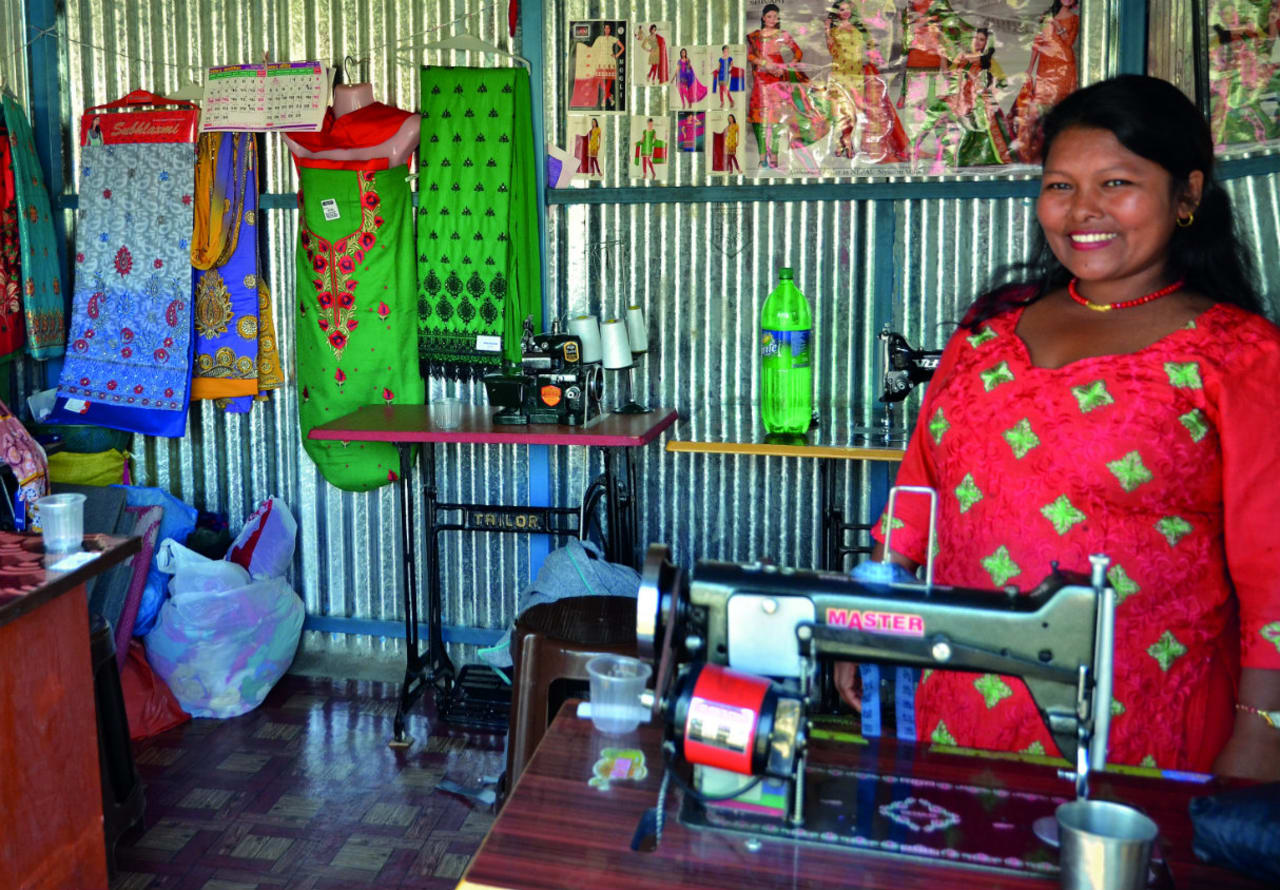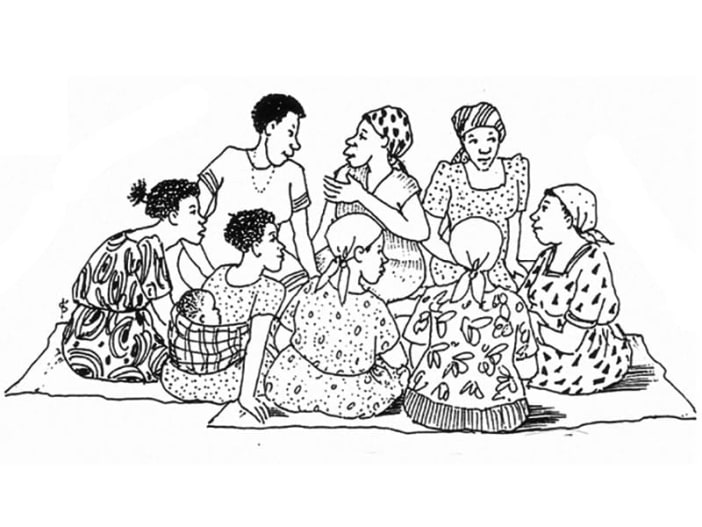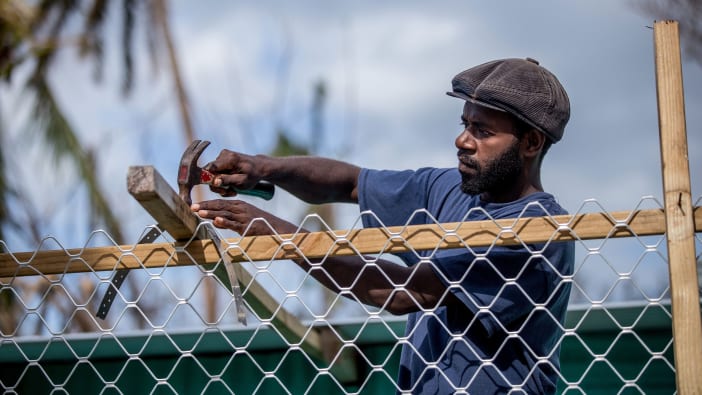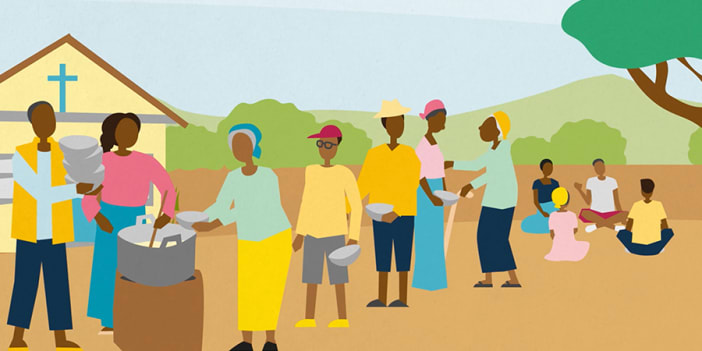Disasters affect nearly all aspects of life, but particularly livelihoods. Sometimes the damage done to people’s ability to earn an income is a bigger problem than damage to a house or physical injury. If income can be restored quickly, then survivors will be able to meet their other needs. Below are some tips NGOs and community workers can give to people living in areas at risk of disasters.
A helpful first step is to identify the most common hazards affecting your area, eg flood, typhoon, drought or fire. Second, make a list of the different ways those hazards could damage your livelihood. Third, try to think of ways to reduce that impact, or actions you can take that will protect your livelihood assets and products. Here are a few ideas:
- Protect key assets. In a flood-prone area, try to store livelihood tools, seeds and products awaiting sale in a high-up place in your house, wrapped or sealed in plastic bags if these are available. Alternatively, double-seal items in plastic and store them buried underground. Identify safe places for larger items, such as boats, where they can be tied securely.
- Evacuate. Move your livestock to higher ground as soon as there is a warning of floods or cyclone. Evacuate your family too and as many livelihood-related goods as you can carry.
- Diversify. Try not to be totally dependent on one income-generating activity or one crop. Use part of your available land for another food or cash crop, preferably one that grows outside the disaster season. Start some new ventures, such as keeping chickens, ducks or other small livestock; growing vegetables; or a non-farming activity such as hairdressing or tailoring.
- Keep some savings. When income is good, set aside a little money each week in a bank or group savings account. This money will gradually grow and provide some capital to use for replacement equipment, seeds etc if the family is hit by disaster.
- Note alternatives. Try to think all the time about alternative sources of raw materials or places to sell your goods if the regular ones become unavailable.
- Adjust farming practices. Seek expert advice about new varieties of crops, and try out those which will be more resistant to hazards such as drought. (Some common drought-resistant crops are millet, sorghum, cassava and green grams.) Other ideas include growing several crops together in one field or adopting conservation farming methods. Government officers or NGO workers can advise you on this.
Restarting a business after a crisis
by Dora Piscoi
When disaster strikes, people often have to sell their possessions in order to meet their basic needs, such as food and medicine. They will not be able to restart their business unless these urgent demands are met. However, they also need to regain their main ways of making an income if they are to continue providing for their families.
Therefore, an important first step is to minimise people’s need to sell the physical assets they require for making an income (such as livestock or farming equipment) or to spend the money they need to invest in their livelihoods. If this has already happened, supporting families both to meet urgent needs and to replace these assets can start them on the road to recovery.
Where the local economy allows, one of the best ways to do this is to provide cash grants. When people have cash, they can decide themselves how to spend it. For example, they might use it to cover their rent to make sure they can stay safely in their home before reinvesting in their business. The flexibility and power to decide provides people with dignity.
Dora Piscoi is Tearfund’s Cash Adviser.
Email: [email protected]
Case study: A sewing machine in Nepal
by Rolf GugelmannThe timing could not have been worse. One week before Nepal’s earthquake of 2015, Kopila Shresta and her husband moved from her village to the capital, Kathmandu. She had trained as a ladies’ tailor and wanted to earn a living in the city. When the earthquake hit, she lost all her possessions, including her precious sewing machine.
Kopila was in despair. Despite this, she began attending small business training run by the organisation missionFACTORY Switzerland. Mentors from missionFACTORY helped her think through her tailoring business idea carefully. Kopila could not read or write (apart from her first name and numbers), but her mentor helped her put a business plan in written form. Through this, she was able to access start-up funding, which she used to purchase two new sewing machines and other equipment.
In August 2016, before the main Nepalese festival, Kopila started her own tailoring business. In the first month she earned a profit of 15,000 rupees (about 145 USD). In the second month her profit rose to 20,000 rupees (about 194 USD). She soon saw an additional business opportunity and began offering training in tailoring to other women. This brings in extra income.
‘I am very happy and relieved,’ says Kopila. ‘This business allows me to live an independent life. The training helped me to systematically monitor and control finances and to understand the importance of good customer service.’ However, the greatest benefit to Kopila is her new sense of self-esteem. ‘I have done something for myself!’ she says.
Rolf Gugelmann is a Project Manager at missionFACTORY Switzerland.
Web: www.mf-ch.org (in German)
Email: [email protected]










